

Ash Lawn
James Monroe
In 1789 Monroe moved to Albemarle County, Virginia, near Jefferson's estate, Monticello. Monroe's estate, Ash Lawn, was for almost 20 years the home to which he returned whenever he was free from public duties. In 1790 he was elected to a recently vacated seat in the U.S. Senate (the upper house of Congress). He was named to a full six-year term the following year.
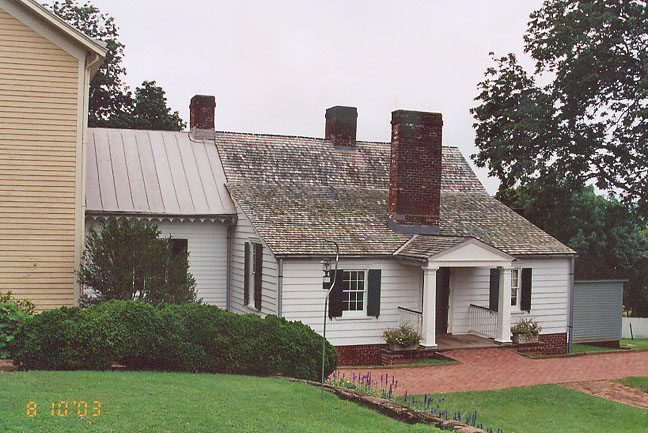
the original house
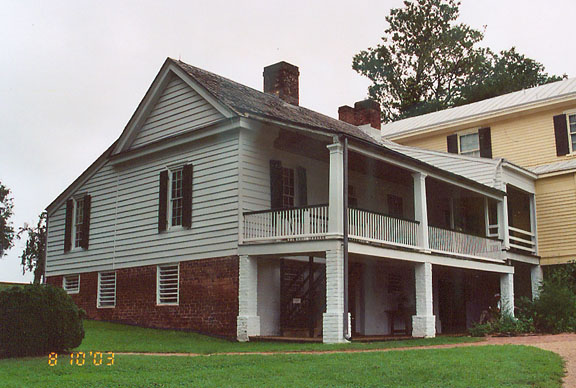
the rear view
Monroe, James (1758-1831), fifth president of the United States (1817-1825) and the last of the so-called Virginia dynasty of U.S. presidents. He succeeded his lifelong friends Thomas Jefferson and James Madison in the nation's highest office. Monroe was a man of good intelligence, sound judgment, and highest integrity. In more than 40 years of public service, he never stinted of his energies in doing what he considered his public duty.
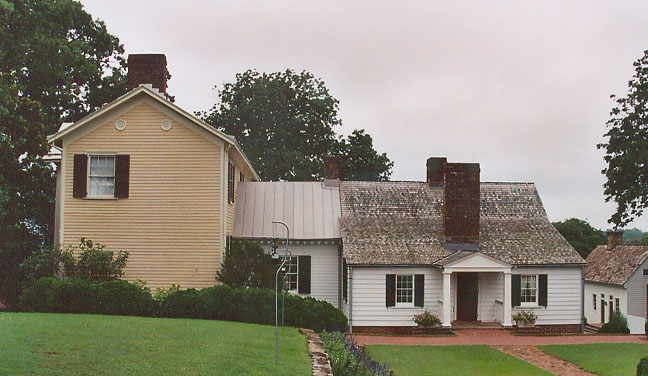
the newer part added on the left
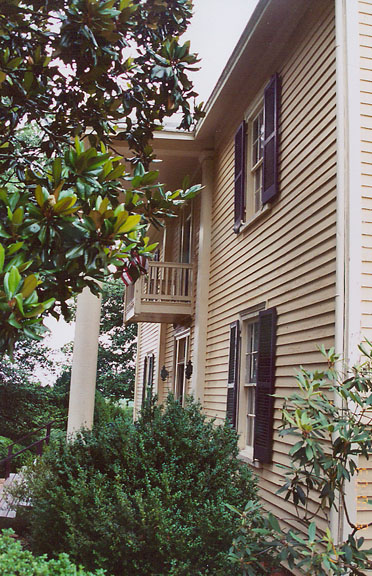
entrance to the new part
Monroe was president during the "Era of Good Feelings." It was called that because there were few political battles and his Democratic-Republican Party ruled almost unopposed. It was a transitional period in which the nation's democratic institutions and capitalist economy were taking form. National identity, as opposed to narrow state interest, was growing as evidenced by the westward movement and the construction of roads and canals.
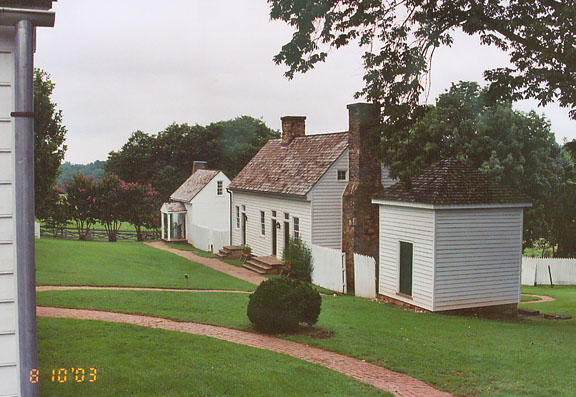
the reconstructed servant quarters
People who were
leaving their old colonial homes and moving west on the expanding frontier began
to think of themselves not as Virginians or New Yorkers, but principally as
Americans. The roads and canals, or internal improvements as they were called,
were built to tie together the nation's commerce. They were considered a
national priority and were often funded by Congress, whose members understood
that an improved flow of commerce in any section of the country would also
benefit their own constituencies.
Text from Microsoft Encarta
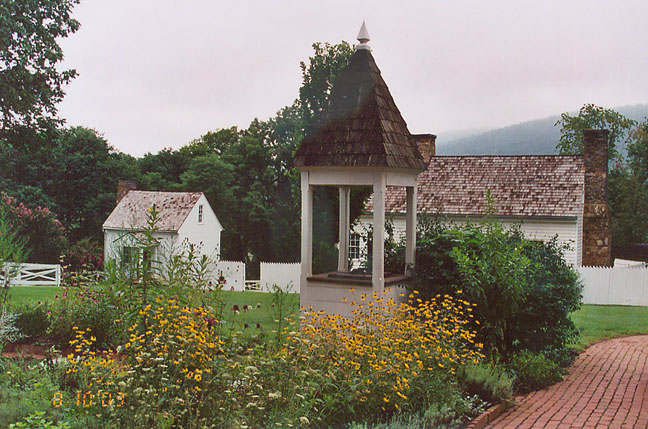
the garden

Crepe Myrtle in bloom
![]()
![]()